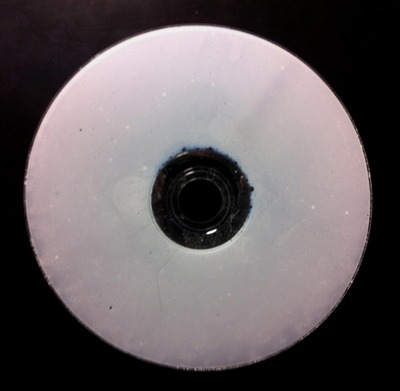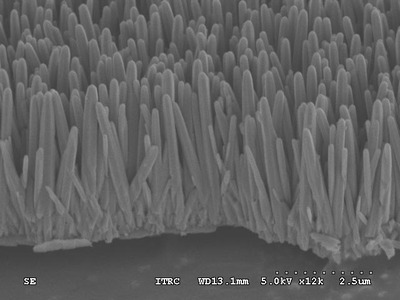Cleaning sewage water with CDs
Taiwanese researchers have discovered a new and unusual application for audio CDs: breaking down sewage. Their wastewater treatment technology will be presented at The Optical Society’s Annual Meeting, to be held from 6-10 October in Orlando, Florida.
Physicist Ding Ping Tsai, from National Taiwan University, said, “Optical disks are cheap, readily available and commonly used.” The treatment method will also help cut down on waste, the researchers said, by re-using a portion of the almost 20 billion disks that are manufactured every year.
Tsai and his team - from National Taiwan University, the National Applied Research Laboratories and the Research Center for Applied Sciences - used the surface area of optical disks as a platform to grow tiny, upright zinc oxide nanorods about a thousandth of the width of a human hair. Zinc oxide is an inexpensive semiconductor that can function as a photocatalyst, breaking apart organic molecules - like the pollutants in sewage - when illuminated with UV light.

Other researchers have experimented with using zinc oxide to degrade organic pollutants, but Tsai’s team is the first to grow the photocatalyst on an optical disk. Because the disks are durable and able to spin quickly, contaminated water that drips onto the device spreads out in a thin film that light can easily pass through, speeding up the degradation process.
In addition to the zinc oxide-coated optical disk, the research team’s wastewater treatment device consists of a UV light source and a system that recirculates the water to further break down the pollutants. The device is approximately 30 cm3 in volume.

The team tested the reactor with a solution of methyl orange dye, a model organic compound often used to evaluate the speed of photocatalytic reactions. After treating a half-litre solution of dye for one hour, they found that over 95% of the contaminants had been broken down. The device can treat 150 mL of wastewater per minute, the researchers say.
Tsai noted the benefits of the spinning disk reactor, saying it is small, consumes little power and processes contaminated water more efficiently than other photocatalytic wastewater treatment methods. The device could be used on a small scale to clean water contaminated with domestic sewage, urban run-off, industrial effluents and farm waste.
The team is currently working on ways to increase the efficiency of the reactor. Tsai says the system could soon be improved to work even faster, perhaps by creating layers of stacked disks.
Researchers trial magnetic resin to remove PFAS
A magnetic resin invented at The University of Queensland will be trialled at wastewater...
A sustainable approach to increase wastewater recycling
Flinders University research is investigating improved effluent treatment and biosolids removal...
Inverell upgrades 30-year-old aeration system
The project entailed building a new tank at the Inverell Sewage Treatment Plant, to allow...







